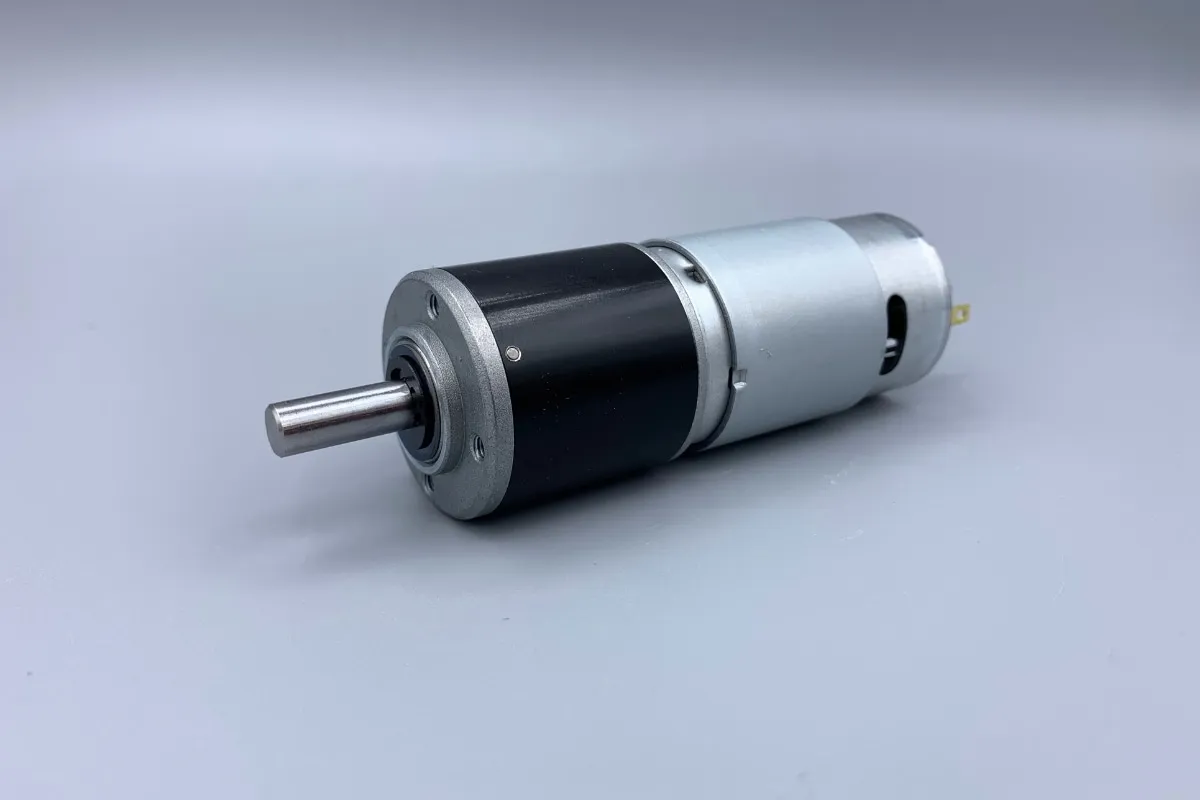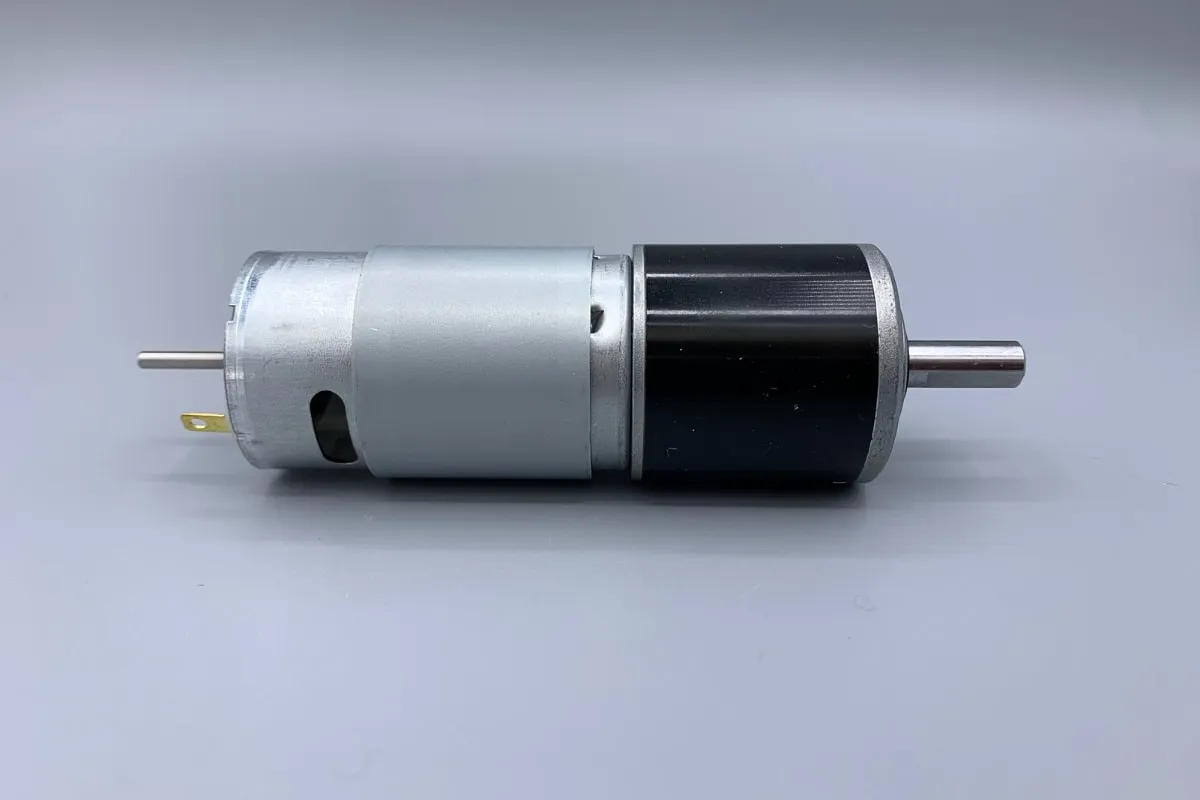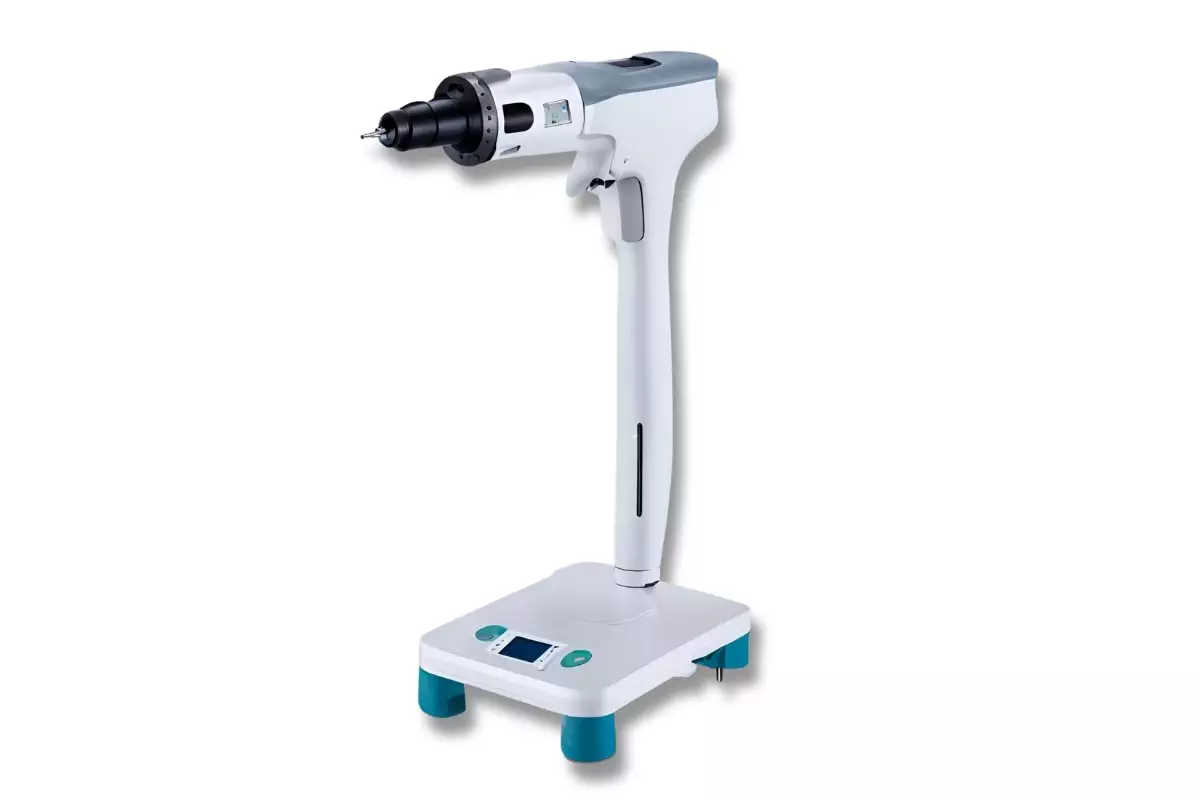Medical science and equipment continues to advance at a blistering pace. Historically, most of the medical instruments we are familiar with were purely mechanical, relying on the strength and dexterity of doctors and surgeons. This has changed noticeably over the past decade. With the advancement in battery technology, there has been a concerted effort to convert these archaic tools into handheld electronic devices. These devices overwhelmingly revolve around DC motors, as they best utilize the power provided by modern lithium based batteries.
Surgical power tools are the devices most prominently utilizing this technology. These electronic medical devices utilize some arrangement of a DC motor or gear motor to increase their performance, precision and reliability. It’s imperative that designers of such devices utilize the most optimal components, especially the motor.
As technology advances, these medical electronic devices and instruments are becoming optimized for efficiency. We have seen a growing trend in newly developed tools for special surgeries like bone biopsies, scoliosis correction, cochlear implants, and many others.




